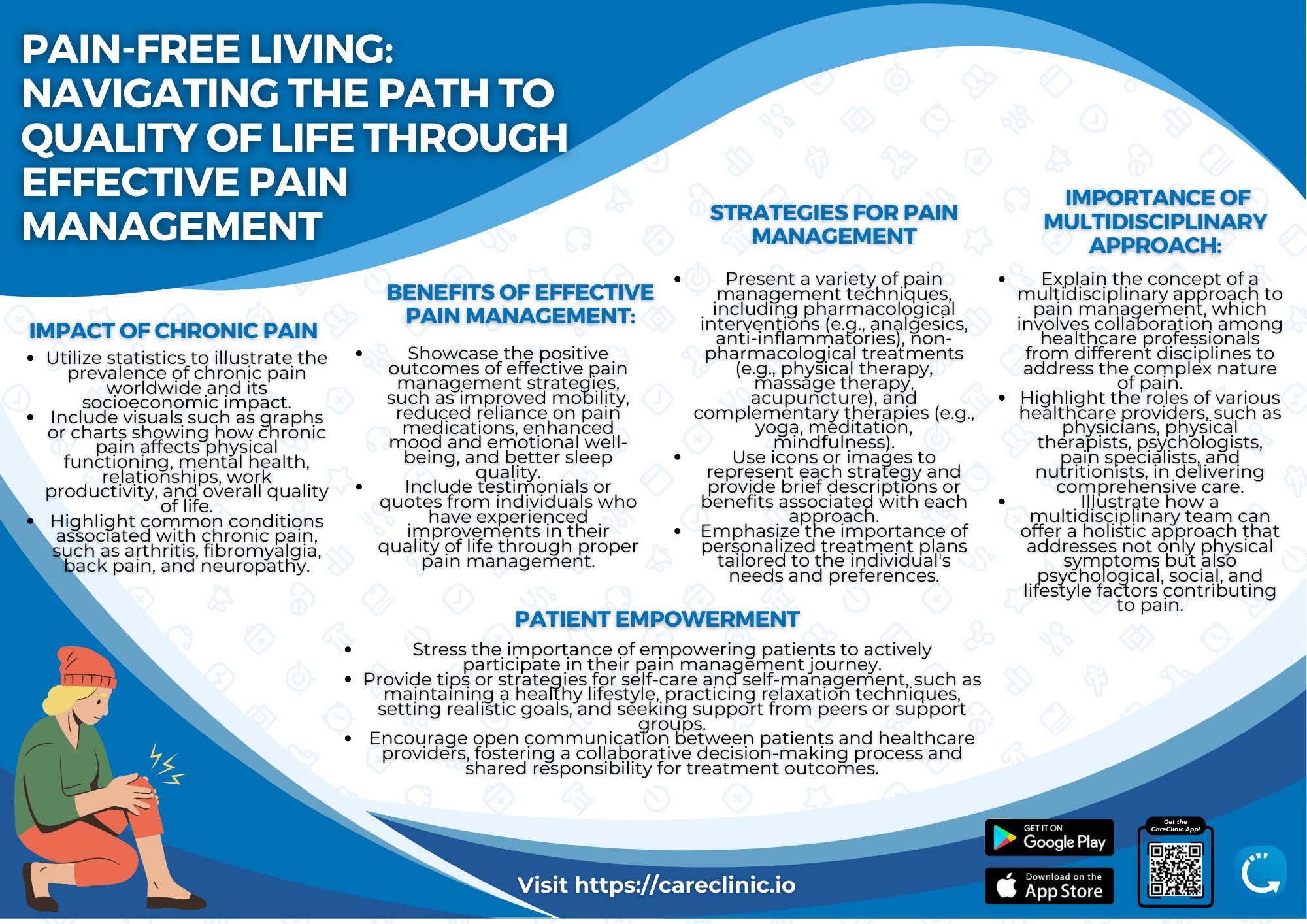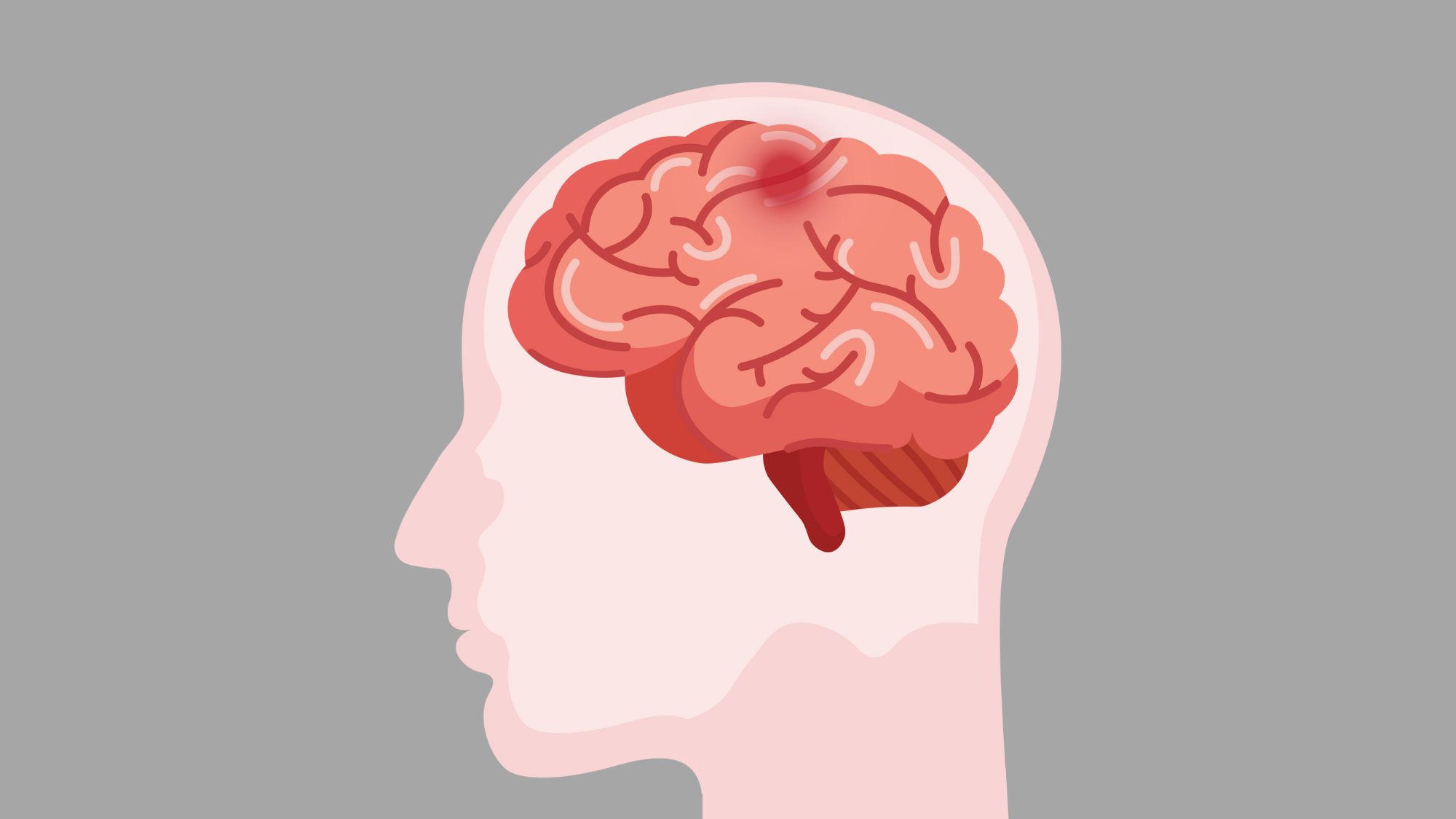
Central sensitization pain is a complex condition that can greatly impact an individual’s quality of life. However, with the right central sensitization pain management strategies, it is possible to effectively minimize and alleviate the symptoms associated with this condition. In this article, we will explore various techniques and approaches for managing central sensitization pain, providing you with valuable insights to help you achieve optimal pain relief.
Understanding Central Sensitization Pain
Before diving into the strategies for managing central sensitization pain, it is crucial to first understand what this condition entails. Central sensitization pain is characterized by an increased sensitivity to pain signals in the central nervous system. This means that individuals with central sensitization pain may experience heightened pain levels or pain that persists for a longer duration compared to others.
The Science Behind Central Sensitization Pain
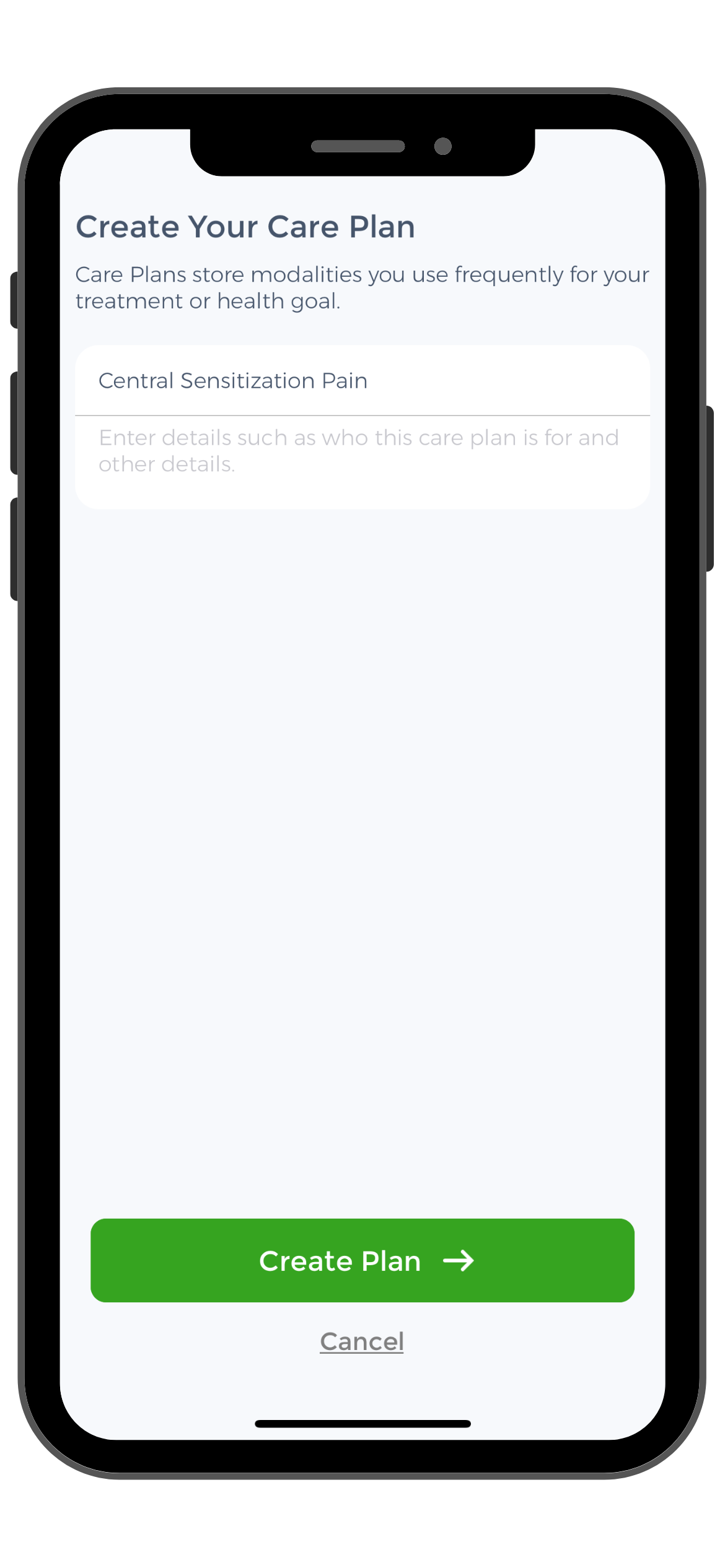 Central sensitization pain occurs due to changes in the way the central nervous system processes pain signals. It is believed that prolonged exposure to chronic low back pain or repeated injury can lead to alterations in the sensitivity of the nerves in the spinal cord and brain.
Central sensitization pain occurs due to changes in the way the central nervous system processes pain signals. It is believed that prolonged exposure to chronic low back pain or repeated injury can lead to alterations in the sensitivity of the nerves in the spinal cord and brain.
For example, a simple touch may activate pain pathways in chronic pain patients, leading to the perception of pain even in the absence of an actual injury. This hypersensitivity to pain can have a significant impact on a person’s daily activities and overall well-being.
Additionally, central sensitization can result in the amplification of pain signals, making previously tolerable sensations excruciating. Research indicates that neurotransmitters and inflammatory mediators play a crucial role in maintaining this heightened state of sensitivity. Understanding these mechanisms is essential for developing effective treatments to manage and potentially reverse central sensitization pain.
Symptoms and Diagnosis of Central Sensitization Pain
Symptoms of central sensitization pain can vary from person to person, but common manifestations include widespread pain, increased sensitivity to touch or pressure, fatigue, sleep disturbances, and mood changes. If you suspect that you may be experiencing central sensitization pain, it is essential to consult a healthcare professional for an accurate diagnosis.
Diagnostic Process for Central Sensitization Pain
During the diagnostic process, your healthcare provider may perform a comprehensive evaluation of your medical history, conduct a physical examination, and order additional tests to rule out other potential causes of your symptoms. A thorough diagnosis for chronic neuropathic pain is crucial for tailoring a personalized pain management plan that addresses your specific needs.
Treatment Options for Central Sensitization Pain
It is important to note that central sensitization pain is a complex condition that can be challenging to manage. However, with the right approach, it is possible to find relief and improve your quality of life. Treatment options for central sensitization pain may include a combination of medication, physical therapy, cognitive-behavioral therapy, and lifestyle modifications.
Medication for Central Sensitization Pain
Medication can help alleviate pain and reduce inflammation in the central nervous system. Nonsteroidal anti-inflammatory drugs (NSAIDs), such as ibuprofen, may be recommended to manage pain and inflammation. Additionally, certain antidepressant medications, such as tricyclic antidepressants, can help regulate the chemicals in the brain that affect pain perception.
Physical Therapy for Central Sensitization Pain
Physical therapy is another essential component of managing central sensitization pain. A physical therapist can design a customized exercise program to improve strength, flexibility, and overall function. They may also incorporate techniques such as manual therapy, heat or cold therapy, and electrical stimulation to help reduce pain and improve mobility.
Cognitive-Behavioral Therapy (CBT) for Central Sensitization Pain
Cognitive-behavioral therapy (CBT) is a psychological approach that can be beneficial for individuals with chronic fatigue syndrome. CBT focuses on identifying and changing negative thoughts and behaviors that contribute to pain and disability. It can help individuals develop coping strategies, improve sleep hygiene, and manage stress, all of which can have a positive impact on pain levels and overall well-being.
Lifestyle Modifications for Central Sensitization Pain
Lastly, lifestyle modifications can play a significant role in managing central sensitization pain. This may include adopting a healthy diet, getting regular exercise, practicing relaxation techniques, and maintaining a consistent sleep schedule. These lifestyle changes can help reduce inflammation, improve mood, and promote overall wellness.
Central sensitization pain is a complex condition characterized by an increased sensitivity to pain signals in the central nervous system. It can have a significant impact on a person’s daily life and well-being. If you suspect that you may be experiencing central sensitization pain, it is crucial to seek medical attention for an accurate diagnosis and personalized treatment plan. With the right approach, it is possible to manage central sensitization pain and improve your quality of life.
The Importance of Chronic Pain Management in Central Sensitization
Pain management plays a pivotal role in improving the overall well-being and quality of life of individuals with central sensitization pain. Unmanaged pain can lead to a range of negative consequences, including decreased physical activity, disrupted sleep patterns, impaired emotional well-being, and reduced overall functionality.
By implementing effective pain management strategies, you can regain control over your life and minimize the impact of central sensitization pain on your daily activities. Take charge of your pain, and explore various approaches that can help you lead a fulfilling and productive life.
Impact of Unmanaged Central Sensitization Pain
When central sensitization pain is left unmanaged, it can significantly impair a person’s physical, psychological, and social functioning. The relentless pain can make it challenging to engage in regular exercise, work, or even enjoy leisure activities.
Additionally, unmanaged central sensitization pain can contribute to the development of comorbid conditions such as anxiety and depression. The constant pain and discomfort can take a toll on one’s mental well-being, leading to feelings of frustration, helplessness, and decreased quality of life.
The Role of Pain Management in Quality of Life
Effectively managing central sensitization pain is instrumental in improving the overall quality of life for individuals affected by this condition. By mitigating pain symptoms, pain management strategies allow individuals to regain control over their daily activities, enjoy better sleep, and engage in meaningful interactions with their loved ones.
Pain management not only focuses on alleviating acute pain but also promoting overall well-being and enhancing functionality. It empowers individuals to actively participate in activities that enrich their lives, leading to a greater sense of fulfillment and happiness.
Pain Neuroscience Education
One important aspect of pain management in central sensitization is the use of medication. Depending on the severity and type of pain, different medications may be prescribed. Nonsteroidal anti-inflammatory drugs (NSAIDs) such as ibuprofen or naproxen can help reduce inflammation and relieve pain. For more severe pain, opioids may be prescribed, although their long-term use should be carefully monitored due to the risk of dependence and addiction.
Exercise Therapy
In addition to medication, physical therapy can be a valuable component of pain management. Physical therapists can design personalized exercise programs to improve strength, flexibility, and overall physical pain function. They may also use techniques such as manual therapy, electrical stimulation, or ultrasound to alleviate pain and promote healing.
Psychological Interventions for Chronic Pain Syndrome
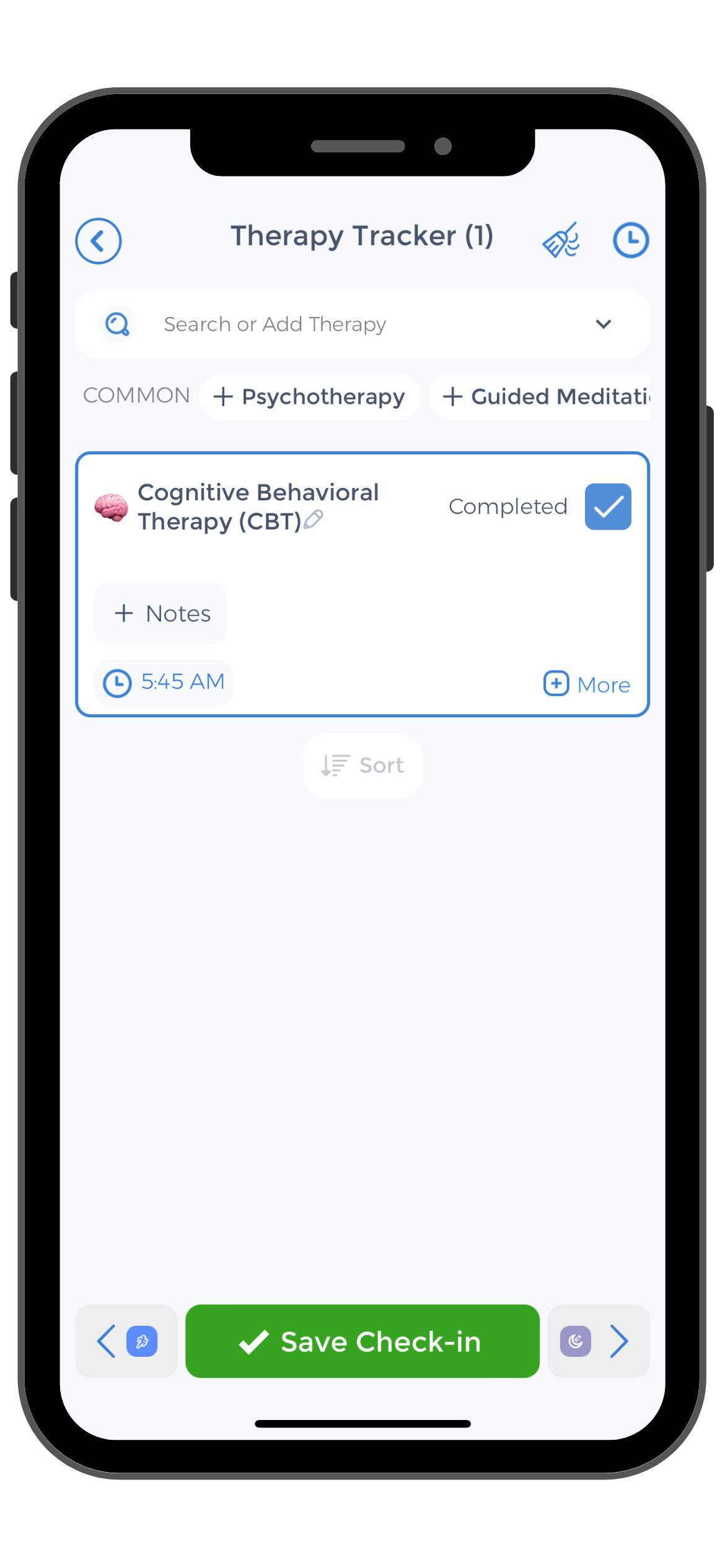 Psychological interventions can also play a significant role in pain management for central sensitization. Cognitive-behavioral therapy (CBT) is often used to help individuals develop coping strategies, change negative thought patterns, and manage stress. Relaxation techniques, such as deep breathing exercises or mindfulness meditation, can also be effective in reducing pain and promoting relaxation.
Psychological interventions can also play a significant role in pain management for central sensitization. Cognitive-behavioral therapy (CBT) is often used to help individuals develop coping strategies, change negative thought patterns, and manage stress. Relaxation techniques, such as deep breathing exercises or mindfulness meditation, can also be effective in reducing pain and promoting relaxation.
It is important to remember that pain management is a multidisciplinary approach that may involve a combination of different strategies. This can include lifestyle modifications, such as maintaining a healthy diet, getting regular exercise, and practicing good sleep hygiene. Alternative therapies, such as acupuncture or massage, may also be considered as part of a comprehensive pain management plan.
By taking a proactive approach to pain management, individuals with central sensitization can regain control over their lives and improve their overall well-being. It is essential to work closely with healthcare professionals to develop a personalized pain management plan that addresses individual needs and goals. With the right strategies in place, it is possible to minimize the impact of central sensitization pain and lead a fulfilling and productive life.
Different Strategies for Managing Central Sensitization Pain
Managing central sensitization pain involves a multidimensional approach that considers various factors contributing to pain. Depending on your specific needs and preferences, there are various strategies available to help you effectively manage your pain and improve your overall well-being.
Pharmacological Approaches to Pain Management
Pharmacological approaches involve the use of medications to alleviate pain and reduce the associated symptoms of central sensitization pain. It is essential to work closely with your healthcare provider to determine the most appropriate medication and dosage for your specific condition.
Common medications used in the management of central sensitization pain include non-steroidal anti-inflammatory drugs (NSAIDs), antidepressants, anticonvulsants, and opioids. Each medication works differently to target specific pain pathways, providing much-needed relief.
In addition to medications, complementary therapies such as acupuncture, massage, and physical therapy can also be beneficial in managing central sensitization pain. These therapies work in conjunction with pharmacological approaches to enhance pain relief and improve overall well-being.
Non-Pharmacological Approaches to Pain Management
Non-pharmacological approaches to pain management focus on techniques and therapies that do not involve medication. These approaches can be used alone or in combination with pharmacological interventions to optimize pain relief and promote overall well-being.
Examples of non-pharmacological approaches include cognitive-behavioral therapy (CBT), physical therapy, mindfulness meditation, and relaxation techniques. CBT helps individuals develop coping strategies and change negative thought patterns associated with pain, while physical therapy improves mobility and strengthens muscles to support joint function.
Furthermore, mindfulness meditation and relaxation techniques, such as deep breathing exercises or guided imagery, can help reduce stress, promote relaxation, and enhance overall well-being.
Evaluating the Effectiveness of Pain Management Strategies
When embarking on your pain management journey, it is essential to regularly evaluate the effectiveness of the strategies you have implemented. By assessing the impact of these strategies, you can make informed decisions and adjust your pain management plan accordingly.
Criteria for Evaluating Pain Management Effectiveness
When evaluating the effectiveness of pain management strategies, it is crucial to consider various factors, including changes in pain intensity and duration, improvements in physical functioning, sleep quality, emotional well-being, and overall quality of life.
Keeping a pain journal or using a pain tracking app, such as the CareClinic app, can be helpful in monitoring your pain levels and identifying trends or patterns. By tracking your pain symptoms over time, you can gain valuable insights into which strategies are working best for you.
Challenges in Measuring Pain Management Success
While evaluating the effectiveness of pain management strategies is essential, it is important to acknowledge that pain is subjective and can vary greatly from person to person. This inherent subjectivity can pose challenges when determining the success of pain management interventions.
However, by using a multidimensional approach to evaluate pain management success, considering both subjective and objective measures, you can gain a comprehensive understanding of the impact of your chosen strategies.
Future Directions in Central Sensitization Pain Management
As research progresses and our understanding of central sensitization pain deepens, new strategies and therapies continue to emerge. These advancements hold promise for further improving pain management outcomes and enhancing the lives of those affected by central sensitization pain.
Emerging Therapies in Pain Management
One area of focus in central sensitization pain management is the development of novel therapies that target unexplained chronic musculoskeletal pain disorders and provide tailored pain relief. Emerging therapies, such as transcranial magnetic stimulation (TMS) and nerve block techniques, show promising results in reducing pain intensity and improving functionality.
Innovative modalities like TMS use magnetic fields to stimulate specific regions of the brain associated with chronic pain conditions processing, offering a non-invasive and potentially effective solution for central sensitization pain management.
While these emerging therapies may not be widely available or recommended for all individuals at this time, staying informed about advancements in the field can help you make informed decisions about your pain management journey.
The Role of Personalized Medicine in Pain Hypersensitivity Management
Personalized medicine, also known as precision medicine, is an emerging field that aims to tailor medical interventions to an individual’s unique genetic makeup, lifestyle, and environmental factors.
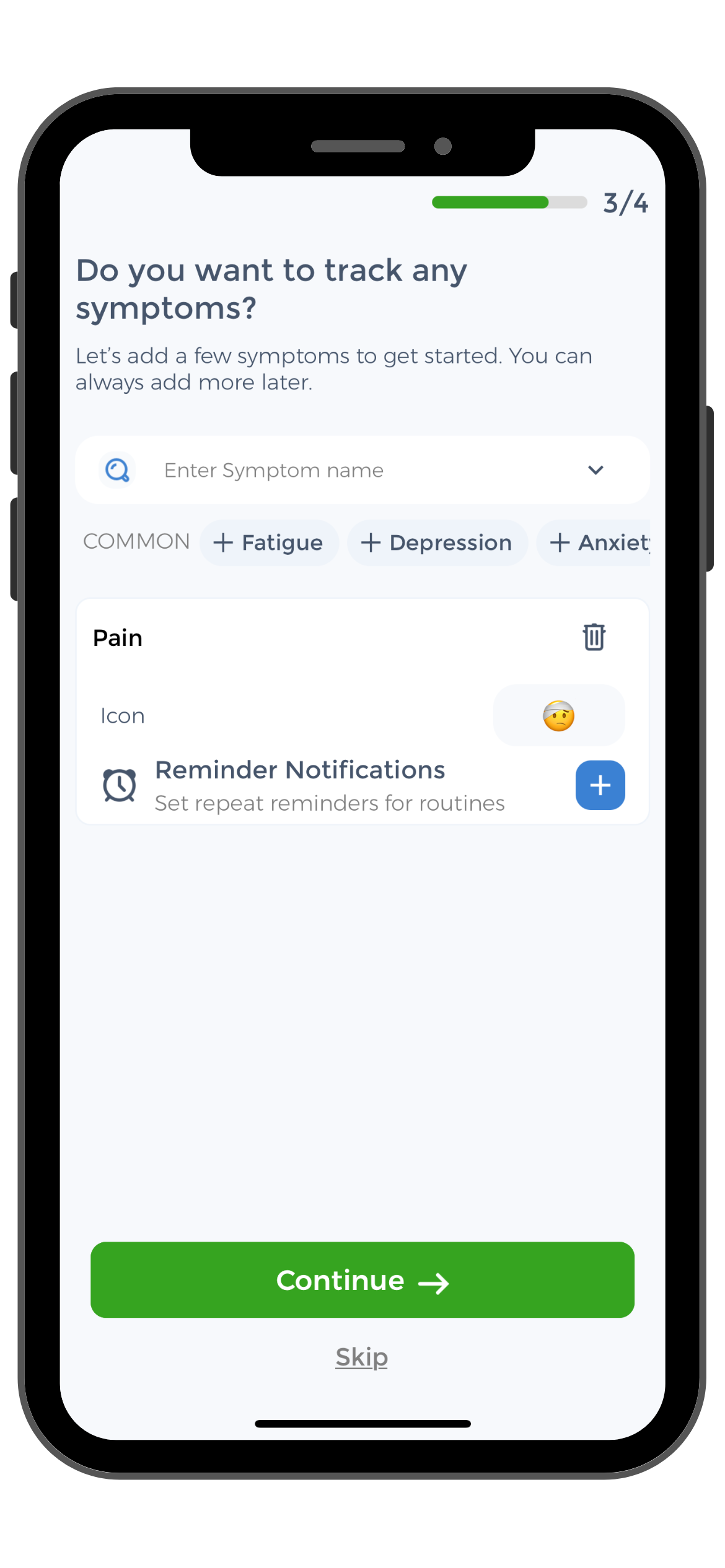 In the context of central sensitization pain management, personalized medicine holds the potential to optimize treatment outcomes by identifying the most effective pain management strategies for each individual. By understanding the specific mechanisms underlying an individual’s pain, healthcare providers can develop targeted interventions that address the root causes of central sensitization pain.
In the context of central sensitization pain management, personalized medicine holds the potential to optimize treatment outcomes by identifying the most effective pain management strategies for each individual. By understanding the specific mechanisms underlying an individual’s pain, healthcare providers can develop targeted interventions that address the root causes of central sensitization pain.
As the field of personalized medicine continues to grow, it may offer new insights and approaches to pain management, revolutionizing the way central sensitization pain is treated, and providing hope for those seeking effective and personalized relief.
Effective central sensitization pain management strategies are essential for improving quality of life and minimizing the impact of this condition on daily activities. By understanding the science behind developing central pain syndrome, receiving an accurate diagnosis, and implementing a multidimensional approach to pain management, individuals can effectively manage their symptoms and regain control over their lives.
Remember, it is crucial to work closely with healthcare providers to develop a personalized pain management plan that suits your specific needs. Regularly evaluate the effectiveness of your pain management strategies and stay informed about emerging therapies and advancements in the field. With dedication, perseverance, and the right strategies, effective central sensitization pain management is within reach.
Use the CareClinic App to Manage Chronic Musculoskeletal Pain
Take control of your central sensitization pain management with the CareClinic App, a comprehensive tool designed to track and manage your pain effectively. By logging your symptoms, medication, and therapy sessions, the app helps you identify patterns and triggers that exacerbate your pain. The CareClinic App’s features, such as medication reminders and pain intensity trackers, work synergistically to provide a personalized overview of your health, guiding you towards better pain management outcomes.
Download the CareClinic App to Monitor Chronic Widespread Pain
With the CareClinic App, expect to gain insights into the effectiveness of your pain management strategies, allowing for timely adjustments to your treatment plan. This proactive approach can lead to improved health outcomes, as you and your healthcare provider can make data-driven decisions. Don’t let central sensitization dictate your life; install the CareClinic App today and embark on a journey to reclaim your well-being.



